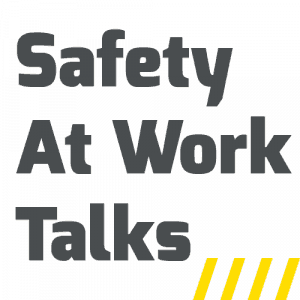 While at the recent HSPNZ Conference in Christchurch, I was able to grab the organiser, Matt Jones, for ten minutes. It is useful to hear about the conference directly from Matt as there was some accusations of self-promotion. The podcast can be accessed through these links
While at the recent HSPNZ Conference in Christchurch, I was able to grab the organiser, Matt Jones, for ten minutes. It is useful to hear about the conference directly from Matt as there was some accusations of self-promotion. The podcast can be accessed through these links
Category: conference
The importance of evidence in addressing workplace mental health issues
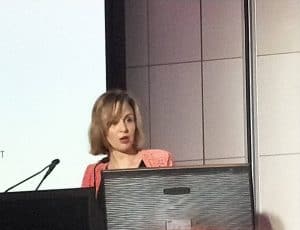 At the recent Scientific Meeting of the Australia and New Zealand Society of Occupational Medicine (ANZSOM), Allison Milner stepped in for an ill Tony La Montagne and added value to his intended presentation on workplace mental health. This meeting is different from other conferences in one particular way, in relies on evidence and not marketing for its presentations. This difference made Milner’s presentation very powerful.
At the recent Scientific Meeting of the Australia and New Zealand Society of Occupational Medicine (ANZSOM), Allison Milner stepped in for an ill Tony La Montagne and added value to his intended presentation on workplace mental health. This meeting is different from other conferences in one particular way, in relies on evidence and not marketing for its presentations. This difference made Milner’s presentation very powerful.
Milner set the scene with a broad picture of mental health:
“1 in 5 Australians have a mental illness, which equivalates to about 1.5 million. And over 3000 people lose their life to suicide every year, and the vast majority of these people being men. But suicide affects far more people than those people who attempt or sadly lose their life. It affects their work colleagues, it affects people in our community and it affects our family.”
Continue reading “The importance of evidence in addressing workplace mental health issues”
Mayman at the Perth Safety Symposium
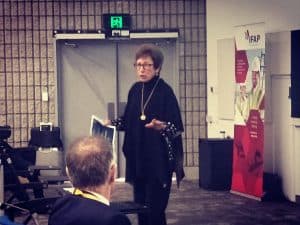 The Senate Committee inquiry into industrial deaths has released its report which, amongst many things, recommends the introduction of Industrial Manslaughter laws. At the end of this year, Marie Boland will present government with the final report of her review into Australia’s work health and safety (WHS) laws.
The Senate Committee inquiry into industrial deaths has released its report which, amongst many things, recommends the introduction of Industrial Manslaughter laws. At the end of this year, Marie Boland will present government with the final report of her review into Australia’s work health and safety (WHS) laws.
Before all this, in September, in Perth, Stephanie Mayman told a safety conference in Perth that:
“… I think we’re about to see industrial manslaughter recommended by Marie Boland.”
Boland has heard a lot about Industrial Manslaughter
New OHS conference tries new approaches and succeeds
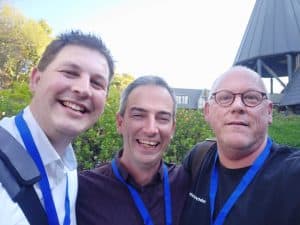
Matt Jones has been accused of self-promotion in the establishment of the Health and Safety Professionals New Zealand (HSPNZ) and the group’s first physical conference. Such accusations are made to many people who are “just going to give it a go” and see what happens. Mostly Jones has succeeded. Only one speaker made a blatant sales pitch when he misunderstood the audience which were conference delegates, not potential clients. But when Jones succeeded, he succeeded well. Continue reading “New OHS conference tries new approaches and succeeds”
Mixed bag conference format succeeds
The Safety Institute of Australia (soon to be trading as the Australian Institute of Health and Safety) conducted its Perth Safety Symposium on September 28 2018. It was the event’s second year and, overall, was a success. But how does one measure the success of a one-day conference?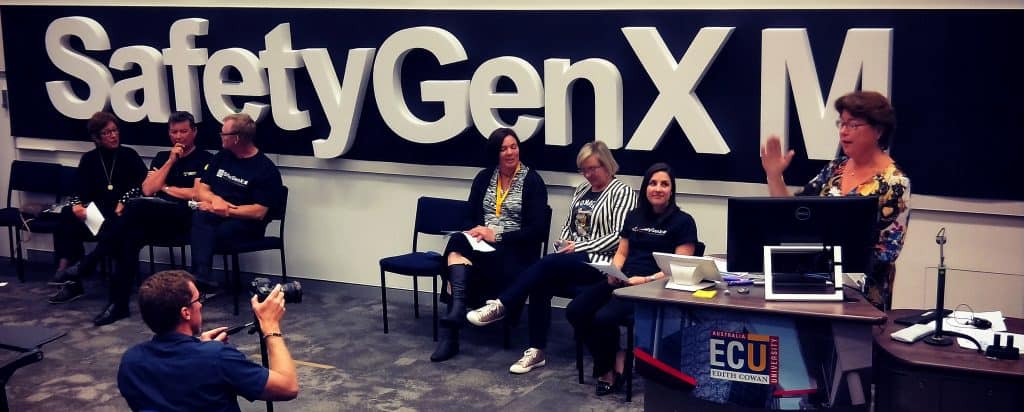
Firstly, one has to have an interesting and, if possible, fascinating pool of speakers. The keynote speakers included:
Simon Millman MLA represented the West Australia Premier Continue reading “Mixed bag conference format succeeds”
Co-operation may address safety in the work of the future
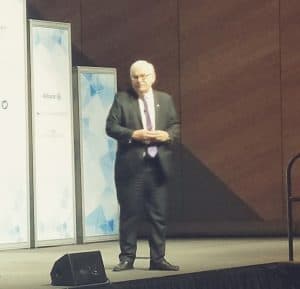 The investigation of work-related incidents needs to be considered from a broad multidisciplinary perspective. But occupational health and safety (OHS) itself, applies a much narrower and, some may say, insular perspective. It hasn’t “played well with others”. At the recent Comcare conference in Melbourne, Australia, writer Tim Dunlop (pictured right) challenged this type of perception. He said:
The investigation of work-related incidents needs to be considered from a broad multidisciplinary perspective. But occupational health and safety (OHS) itself, applies a much narrower and, some may say, insular perspective. It hasn’t “played well with others”. At the recent Comcare conference in Melbourne, Australia, writer Tim Dunlop (pictured right) challenged this type of perception. He said:
“My point is that it is hard to break out of certain habits of thinking. Governments pay lip service to the idea that technology will change everything, but then they start talking about jobs and growth as if we were still living in the sixties, where the economy was based on manufacturing, where manufacturing was carried out of factories, employing millions of workers, where the workers were men and where the women stayed at home and looked after the kids. Those days are gone, and in the future they will be ever more gone. But the norms of that era I think still informing how we think about the future of work.”
OHS, and some of the safety regulators, may acknowledge the changing future of work
HR and OHS need to be playmates now more than ever
One of the fascinating elements of this year’s National Comcare conference is the conflict between the Human Resources (HR) approach to occupational health and safety (OHS) and workers compensation, and the OHS approach to psychosocial hazards. This is not the fault of Comcare as the audience is a peculiar mix of both professions.
The difference was on display when some presenters focused on the post-incident care and, almost entirely, on interventions on the individual. Other presenters focused on the prevention of physical and psychological injuries – the OHS approach. The former seemed warmly embraced by the HR professionals. There were other speakers, or parts of their presentations, where prevention was almost mentioned as an afterthought and even then omitting references to their organisation’s own OHS publications.
There has always been a structural and ideological separation of the professions
